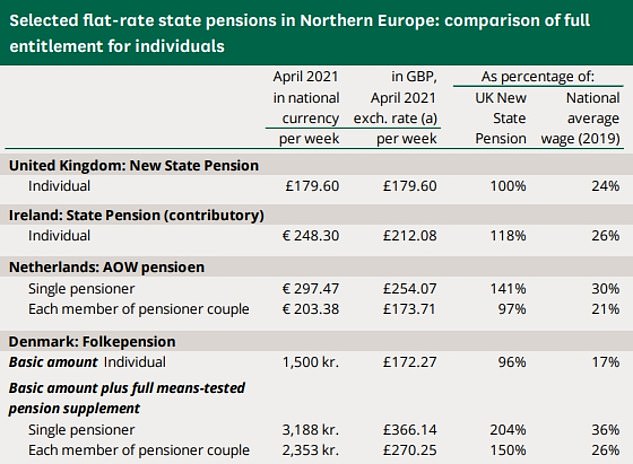Latest Updates on UK State Pension Payments in 2023

Introduction to UK State Pension Payment
The UK state pension is a crucial support system for millions of retirees across Britain. As the population ages, understanding the state pension and its payment mechanisms has become increasingly significant. The state pension provides financial security for older adults, ensuring they have a consistent income after retirement. Recently, changes in policy and adjustments in payment rates have sparked interest among individuals approaching retirement and those already benefiting from these payments.
Current Payment Rates
As of April 2023, the new full state pension rate is set at £203.85 per week, up from £185.15, reflecting a 10.1% increase for the financial year. This adjustment is linked to the Consumer Price Index (CPI), which measures inflation and helps to ensure that pension payments maintain their purchasing power. The increase aims to aid pensioners in managing the rising costs of living, particularly in the wake of rampant inflation affecting many sectors.
Eligibility and Application Process
To qualify for the full new state pension, individuals must have at least 35 qualifying years of National Insurance contributions. Those with fewer contributions may receive a reduced amount. It is crucial for individuals nearing retirement to check their National Insurance record and, if necessary, make additional contributions to secure a higher state pension. The application for the state pension can commonly be initiated online, where users must provide personal information, including their National Insurance number and date of birth.
Future Predictions and Implications
Looking ahead, the UK government is contemplating further adjustments to the state pension to reflect ongoing economic challenges. As discussions about pension reforms continue, there are concerns around the sustainability of the current pension scheme, especially given the increasing life expectancy of the population. Analysts predict that further changes may be necessary in the coming years, whether through increasing the state pension age or revising contribution levels.
Conclusion
Understanding the intricacies of the UK state pension payment system is vital for current and future retirees. With the latest increases and potential future changes, it is essential for individuals to stay informed about how these developments can impact their financial planning. As discussions around pension reforms gain momentum, individuals should take proactive steps to ensure they meet their eligibility and maximise their state pension income.








